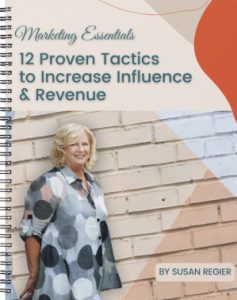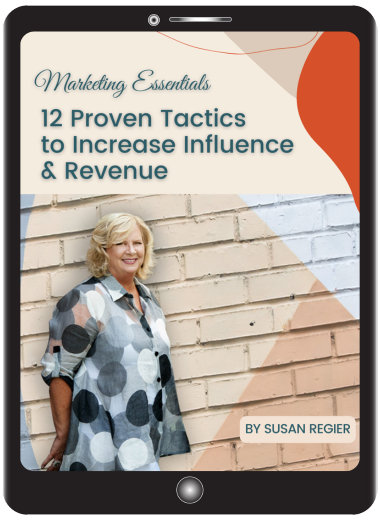
The good news is – finally – more people are blogging and sharing ideas and resources to help you in any number of ways that you may possibly need help.
The bad news is – more people are blogging and sharing ideas and resources.
You know it’s imperative to write articles and share your expertise…but are you cutting through the labyrinth of information online? Are your subscribers even opening your emails?
First step – check your numbers. If your emails with your fabulous articles aren’t being opened, here’s 5 strategies you’ll want to put into place immediately.
1. Check the Subject Line
Make sure you have an enticing message in the subject line that intrigues readers to open your email. Just think of your inbox. You look at a long list of messages and probably the first thing you do is scan the subject lines to see which is most important to open first. It’s like scanning the index page of your favourite magazine. The first article you read is the one with the most interesting title.
2. Make it relevant.
Know you audience. What type of information are they looking for? What are they asking about? What problems do they have that you can help with in a blog post? There is not point in writing an article about caring for cats when all your readers are dog owners.
3. Keep it short.
A long article may be interesting to read – or it may just look too long and overwhelming to read. Keep your blog posts short – between 500 and 750 words. If you’re writing 1500 words, consider breaking it into two articles – and that way, you’ll already have your topic ready for the next posting. And remember, 70% of email is opened on a mobile device so your ezine will have a better chance of being read if it’s short and mobile-friendly.
4. Lots of white space.
To make it easier on the eye to read, keep your paragraphs short – one to three sentences per paragraph, add space between paragraphs, and have narrow margins. When you make it look quick and easy to read, you’ve got a better chance that your article will be read.
5. Be clear. Be concise.
Short, easy-to-understand words are preferred so the reader can quickly digest your topic. Consider writing at about a grade 7 or 8 level. Include examples and analogies that are interesting and get your point across quickly.


